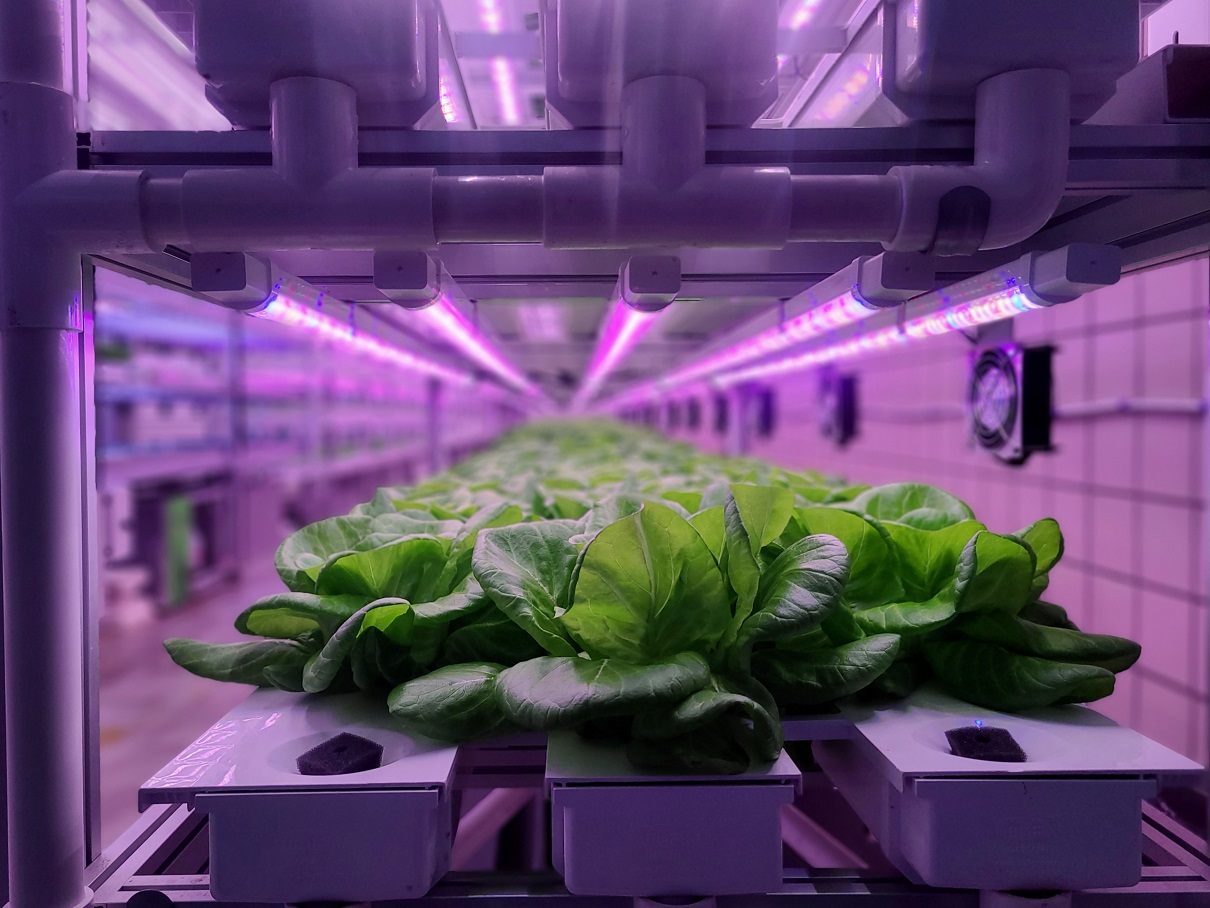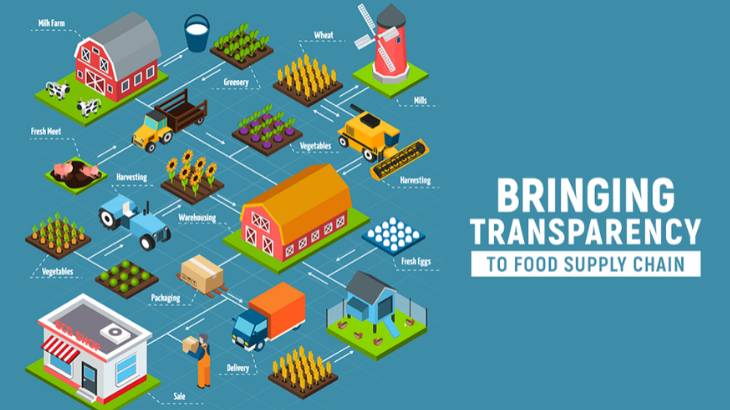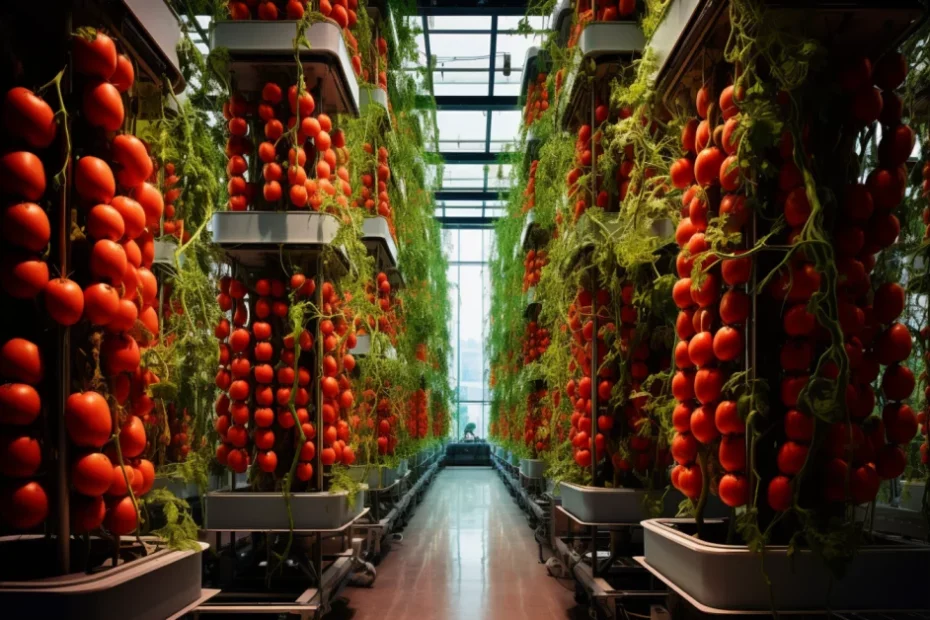As the global population continues to burgeon, the demand for food is escalating at an unprecedented rate. To meet this growing need, farmers are turning to technology to revolutionize traditional agricultural practices. The marriage of agriculture and technology holds the key to sustainable, efficient, and high-yield farming. In this article, we explore the future of farming as it embraces cutting-edge technologies.

- Precision Farming:
One of the cornerstones of future agriculture is precision farming. This approach involves using advanced technologies such as GPS-guided tractors, drones, and sensors to optimize field-level management with regard to crop farming. These tools allow farmers to precisely manage resources, such as water, fertilizers, and pesticides, thereby reducing waste and increasing overall efficiency.

- Internet of Things (IoT) in Agriculture:
The integration of IoT devices in agriculture is transforming traditional farming into smart farming. Sensors embedded in fields and on equipment collect real-time data on soil health, weather conditions, and crop status. This data is then analyzed using machine learning algorithms, providing farmers with valuable insights to make informed decisions about irrigation, fertilization, and pest control.

- Vertical Farming:
With the increasing pressure on available arable land, vertical farming is emerging as a viable solution. This method involves cultivating crops in stacked layers, often in controlled indoor environments. Vertical farming leverages technologies like hydroponics, aeroponics, and LED lighting to optimize growing conditions. By minimizing the need for large expanses of land, vertical farming maximizes space efficiency and reduces the environmental impact of agriculture.

- Autonomous Farming Equipment:
The future of farming will see a rise in autonomous machinery, reducing the labor-intensive nature of traditional farming. Self-driving tractors and harvesters equipped with advanced sensors and artificial intelligence can operate around the clock, improving efficiency and lowering costs. Farmers can focus on strategic planning and decision-making, while machines handle routine tasks.

- Blockchain for Supply Chain Transparency:
Blockchain technology is making inroads into the agricultural sector by enhancing supply chain transparency. By creating a decentralized and tamper-resistant ledger, blockchain ensures that every step in the agricultural supply chain, from planting to distribution, is recorded and verifiable. This transparency helps build trust between producers and consumers, and it can also aid in tracing the origin of food products in the event of contamination or recalls.
Conclusion:
The future of farming is undeniably intertwined with technology. As the agricultural landscape continues to evolve, these technological advancements promise to address the challenges of food security, resource optimization, and environmental sustainability. From precision farming and IoT integration to vertical farming and autonomous equipment, the fusion of agriculture and technology is cultivating a brighter and more sustainable future for the world’s growing population.
SOURCE:
ChatGPT
https://www.securities.io/wp-content/uploads/2023/11/Vertical-Farming-of-Tomatoes.png
https://aster-fab.com/wp-content/uploads/2021/01/Header-1.jpg
https://i0.wp.com/www.terratechmsc.eu/wp-content/uploads/2021/12/agriIoT1.jpeg?w=1600&ssl=1
https://www.euractiv.com/wp-content/uploads/sites/2/2020/02/oz-800×450.jpg
https://www.vestian.com/blog/wp-content/uploads/Thumbnail-14.png
